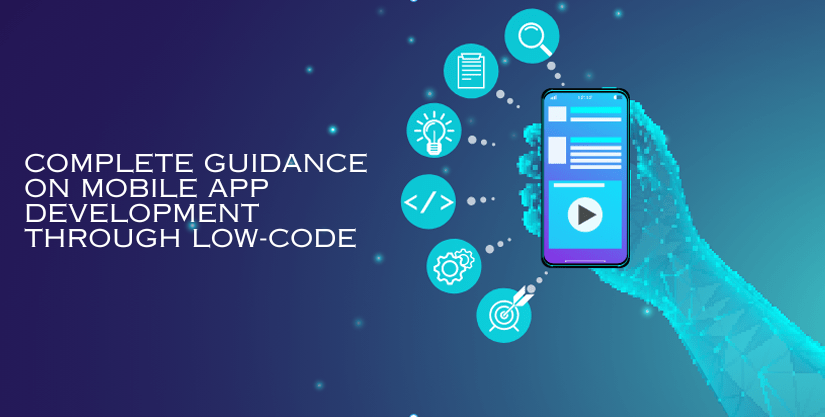
Mobile app development has traditionally been a complex and time-consuming process, requiring specialized skills in programming and design. However, the advent of low-code development platforms has revolutionized how apps are built, making it easier and faster for businesses to create custom mobile applications. This article will provide a comprehensive guide to mobile app development through low-code platforms, covering everything from the basics to advanced techniques.
What is Low-Code Development?
Low-code development is an approach to software development that allows developers to build applications with minimal hand-coding, using visual interfaces and drag-and-drop components. This approach eliminates much of the manual coding that is traditionally required, enabling developers to create apps more quickly and efficiently.
Benefits of Low-Code Mobile App Development
- Speed and Efficiency: With low-code platforms, developers can build and deploy mobile apps much faster than traditional methods, reducing time-to-market.
- Cost-Effectiveness: Low-code development can significantly lower development costs by reducing the need for specialized developers and extensive coding.
- Flexibility: Low-code platforms offer high customization, allowing businesses to create tailored solutions that meet their needs.
- Ease of Use: The visual interfaces of low-code platforms make it easier for non-technical users to participate in the app development process, promoting collaboration across teams.
Getting Started with Low-Code Mobile App Development
- Choose the Right Platform: Research and select a low-code development platform that best suits your project requirements, considering factors like features, scalability, and pricing.
- Define Your App Requirements: Clearly outline the functionalities, features, and user experience you want for your mobile app.
- Design the User Interface: Use the platform’s visual tools to design the app’s interface, incorporating intuitive navigation and appealing visuals.
- Integrate APIs and Services: Leverage the platform’s capabilities to integrate with external APIs, databases, and services to enhance your app’s functionality.
- Test Your App: Utilize the platform’s built-in testing tools to identify and fix any bugs or issues before deploying your app.
Designing User Interfaces in Low-Code Platforms
Low-code platforms typically offer a range of pre-built templates and components that developers can use to design the user interface of their mobile apps. These visual tools enable developers to create responsive and engaging UI designs without extensive coding.
Integrating APIs in Low-Code Mobile Apps
Integrating APIs is a crucial aspect of mobile app development, allowing apps to interact with external services and data sources. Low-code platforms often provide built-in connectors and integration tools that make it easy to incorporate APIs into your app, whether it’s for payment processing, social media integration, or accessing third-party services.
Data Management and Storage in Low-Code Apps
Low-code platforms typically offer built-in database solutions that enable developers to store and manage data efficiently. These platforms provide tools for defining data models, setting up relationships between data entities, and implementing data validation rules, making building robust and scalable mobile apps more accessible.
Testing and Debugging Low-Code Mobile Apps
Most low-code platforms have built-in testing and debugging tools, allowing developers to identify and resolve issues quickly. These tools enable developers to simulate different scenarios, test app performance, and ensure compatibility across various devices and operating systems.
Security Considerations in Low-Code Development
Security should be a top priority when developing mobile apps, regardless of the development approach used. Low-code platforms often have built-in security features, such as data encryption, user authentication, and role-based access control, to help developers build secure apps. However, it’s essential to stay informed about best practices in mobile app security and implement additional measures as needed.
Scaling and Deployment of Low-Code Mobile Apps
Once your app is ready, you can easily deploy it to various platforms using the low-code platform’s deployment capabilities. These platforms typically support cross-platform development, allowing you to build apps that run on iOS and Android devices. Additionally, they offer scalability features that enable your app to handle increased user loads as your business grows.
Conclusion
Low-code development has democratized mobile app development, making it accessible to businesses of all sizes and technical expertise levels. By leveraging the capabilities of low-code platforms, organizations can build custom mobile apps faster, more cost-effectively, and with greater flexibility than ever before. Whether you’re a seasoned developer or a business owner looking to create a mobile app, low-code development offers a streamlined and efficient approach to bringing your app ideas to life.